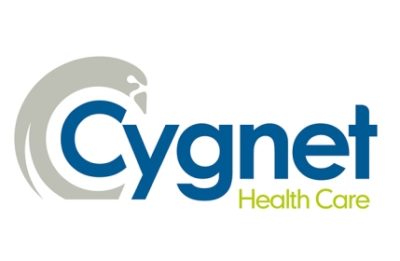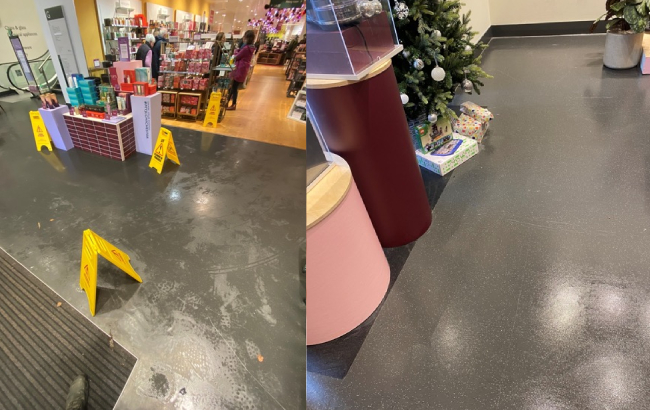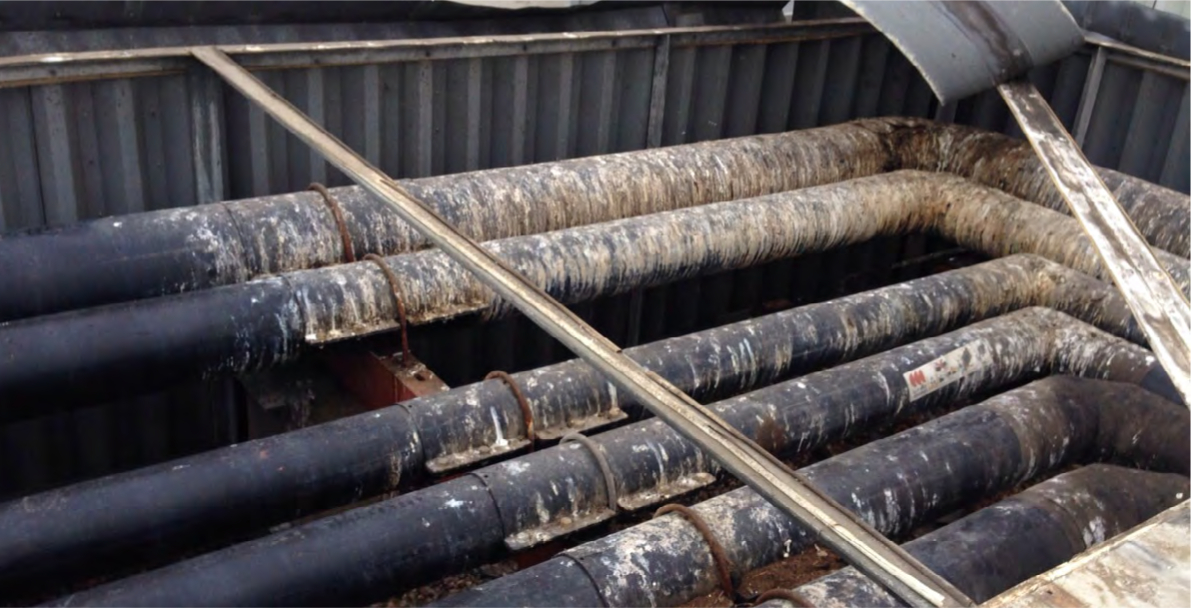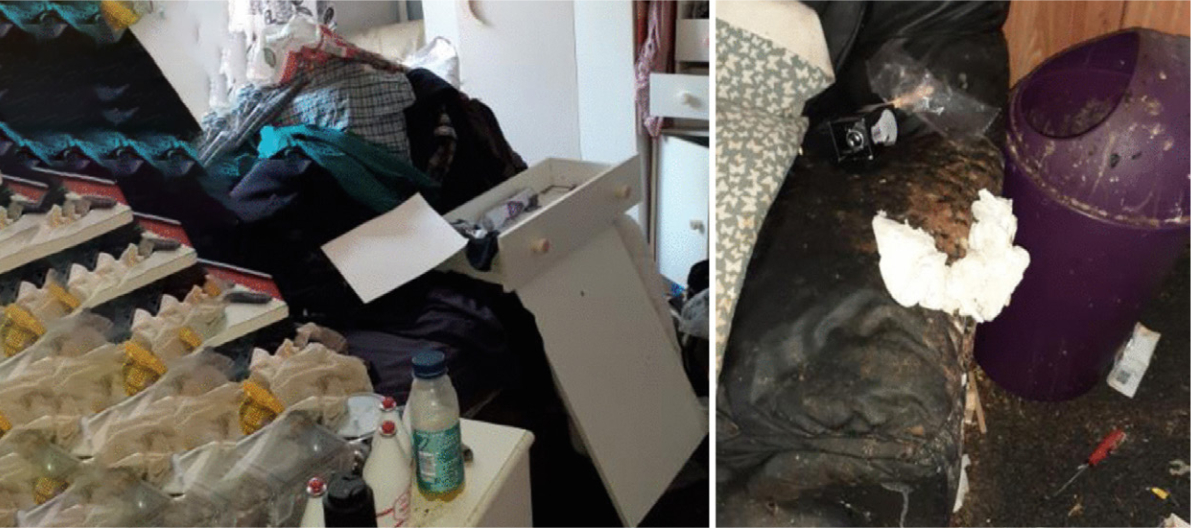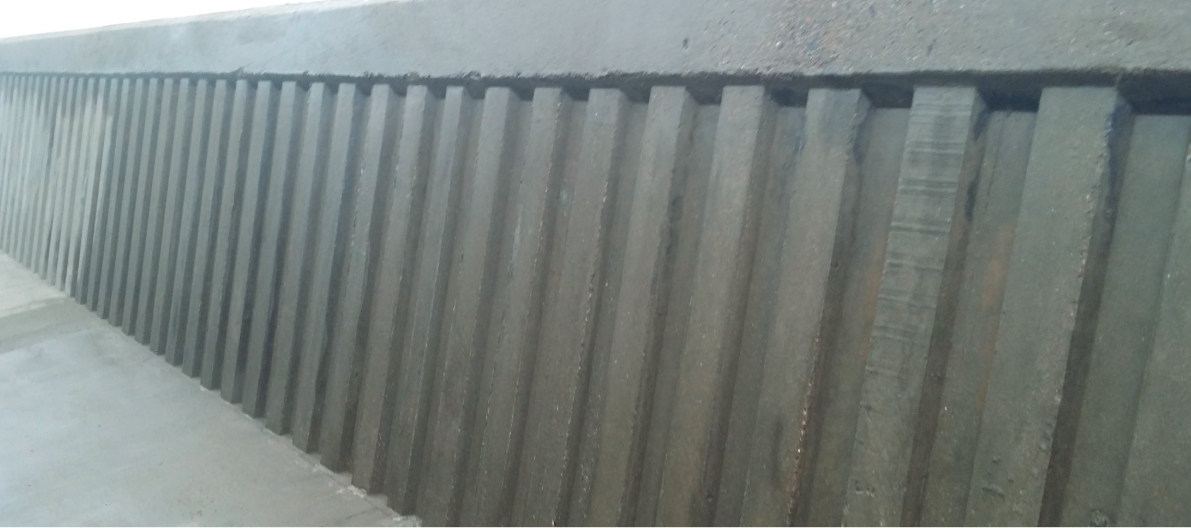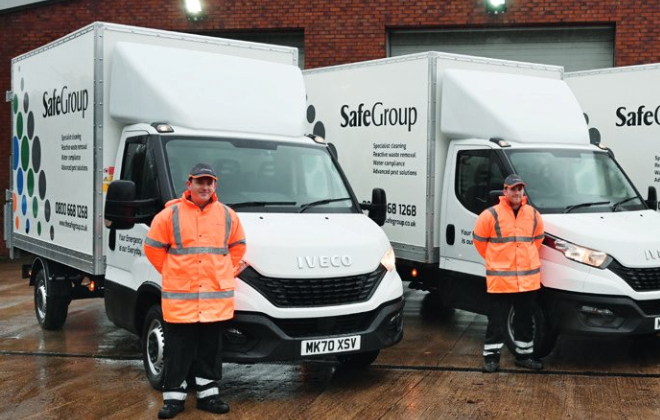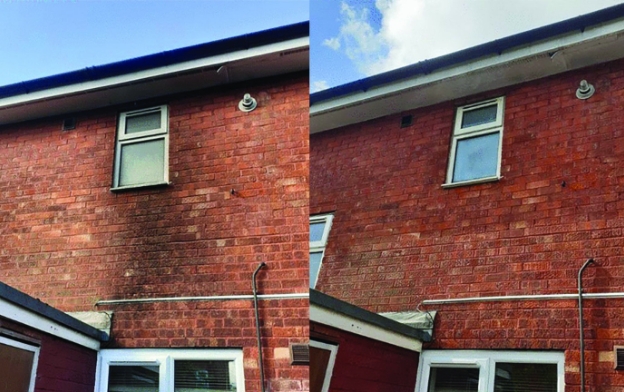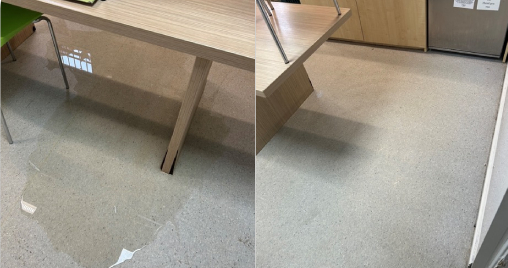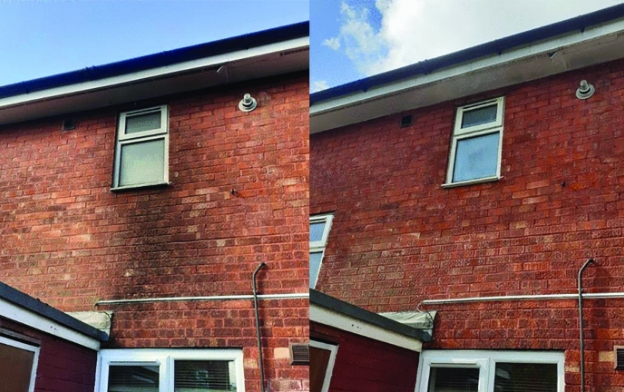Emergency Specialist Cleaning Services
In an emergency, SafeGroup is available on call day and night, every day of the year. As a professional emergency cleaning and restoration company, we know time is of the essence. Contact us today for free surveys and fixed quotations for a wide range of emergency and extreme cleaning services.

Our Emergency Specialist Cleaning Services
Planned & Periodic Specialist Cleaning Services
SafeGroup provides customers with a variety of planned and periodic cleaning services, delivered across the UK. Our operatives are fully accredited and highly trained to perform the most challenging cleaning tasks. You can find our full list of planned cleaning services below, available for domestic, commercial and industrial customers.
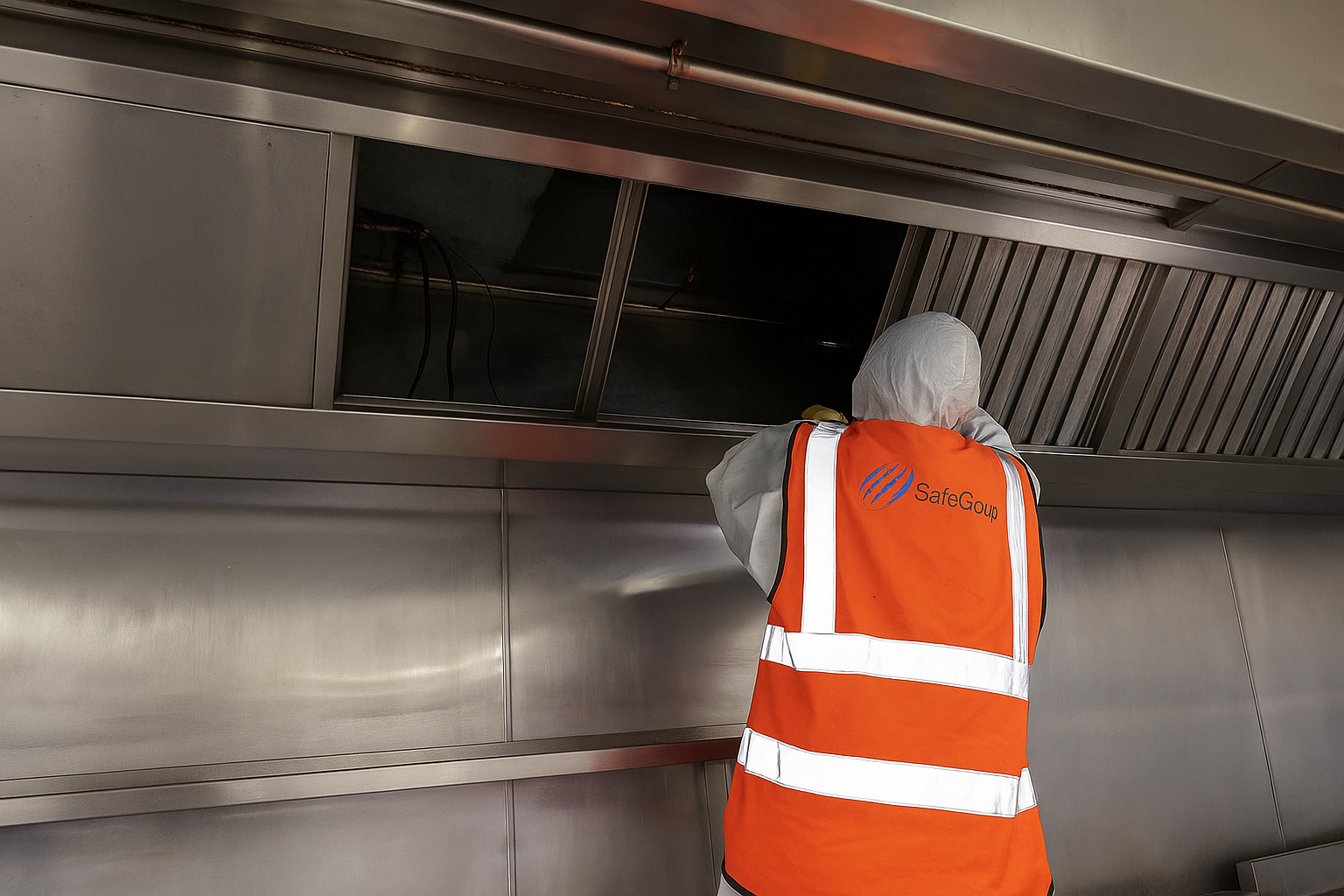
Our Planned & Periodic Specialist Cleaning Services
Project Specialist Cleaning Services
Our Project Specialist Cleaning Services are designed to provide a bespoke approach to each challenge. We undertake Project related works ranging from £10,000 – £2m across the length and breadth of the Uk.
Whether its designing and leading as principle contractor under a Construction Phase Plan (CPP) or as a subcontractor, our team have the necessary experience and knowledge to provide unparalleled service from inception to completion. Managing complex or large scale projects combines our technical knowledge with our customer experience ensuring we collectively achieve the desired results whilst efficiency and effectively adapting to change requests and deadlines.

Our Project Specialist Cleaning Services

“Safe Group are a trusted supply chain partner to our business, supporting specialist and emergency cleaning services across our portfolio. Safe Group provide rapid effective solutions. Evidencing commitment, expertise, and flexibility, with attention to detail, they have been instrumental in delivering a successful outcome for us and that of our clients. ”

“I've worked with SafeGroup for a number of years now, for a variety of services from flood responses, sewage spills, commercial or high-level cleans, and upholstery cleaning. I've always found their service excellent, always providing a swift response when we need them, and a great quality of work too. ”

“SafeGroup delivers specialist and reactive cleaning services across the M&S estate, covering both food and department stores. We rely on their service nationally across a combined 1000+ store list. SafeGroup offers a genuine partnership approach, through bespoke management systems and dedicated personnel. It is constantly seeking to improve and overdeliver. From floor and carpet cleaning to emergency flood or sewage response cleans, SafeGroup delivers an end-to-end service that ensures we are operational and compliant. Its quality of work is backed up by its communication and reporting. This is testament to our successful and continually growing partnership.”

“We have been working in partnership with Safegroup for approximately 3 years now. We have developed the account over the past few years and have found Safegroup very easy to deal with. They have supported us on numerous disasters and always delivered works to a high standard. Communication has always been great throughout. It’s piece of mind knowing we have their support whenever required.”
Case Studies
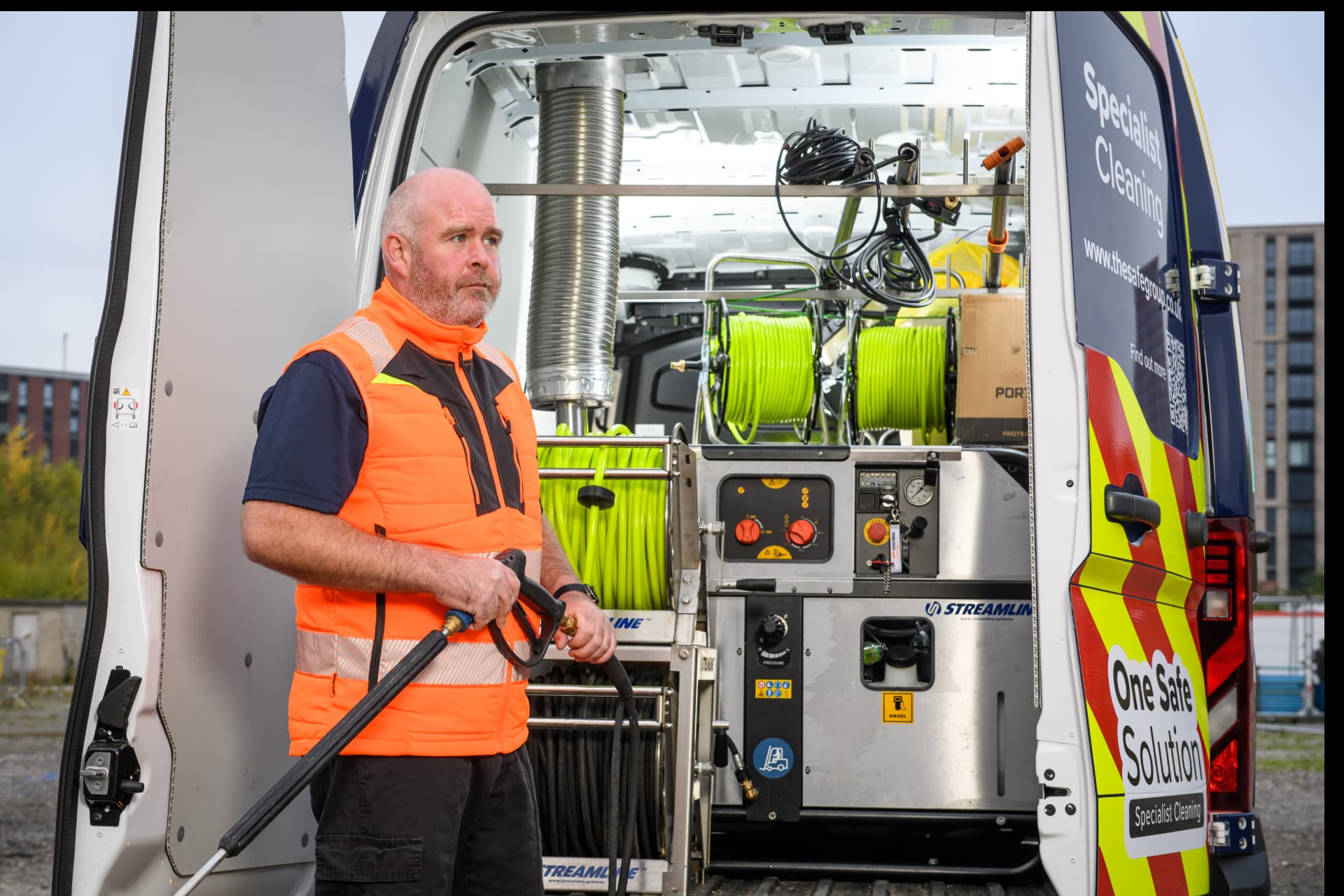
Enquire Today
Contact us today for an initial, no obligation, conversation, free expert advice or to arrange a quotation. We are available 24/7 and we cant wait to hear from you
Get a Quote



















